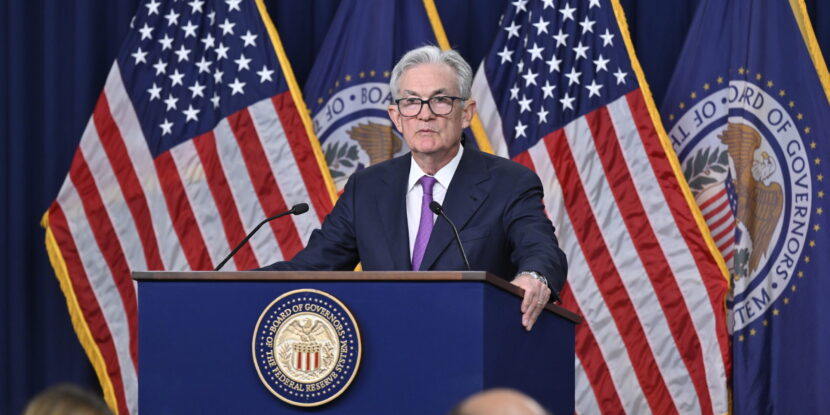
PULSE POINTS:
❓What Happened: The Supreme Court has granted a request by the Trump administration to stay the reinstatement of fired members of the National Labor Relations Board (NLRB) and Merit Systems Protection Board (MSPB) by a lower court.
👥 Who’s Involved: The Supreme Court, President Donald J. Trump, federal government officials, and Federal Reserve Chairman Jerome Powell.
Your free, daily feed from The National Pulse.
📍 Where & When: Decision issued on May 22, 2025.
💬 Key Quote: “Because the Constitution vests the executive power in the President, see Art. II, §1, cl. 1, he may remove without cause executive officers who exercise that power on his behalf, subject to narrow exceptions recognized by our precedents” — Supreme Court order.
⚠️ Impact: The fired officials will not be able to stay in post while their cases progress through the federal courts. Moreover, the Supreme Court’s decision signals it will likely rule in favor of the administration when the case reaches them, and that it may rule Congressional statutes restricting the executive’s power to fire federal employees “without cause”—potentially including Federal Reserve Chairman Jerome Powell—are unconstitutional.
IN FULL:
The United States Supreme Court has granted the Trump administration a stay, effectively blocking several orders issued by the U.S. District Court for the District of Columbia enjoining the executive branch from firing several board members of so-called “independent” agencies, including the National Labor Relations Board (NLRB) and the Merit Systems Protection Board (MSPB). While the decision by the high court only reinstates President Donald J. Trump’s decision to fire the Democrat-appointed officials and bars their reinstatement while the case is ongoing, the majority opinion suggests that as the case proceeds, the Supreme Court is likely to side with the President in its final determination.
“The application for stay presented to THE CHIEF JUSTICE and by him referred to the Court is granted,” the Supreme Court order reads, with the majority determining: “Because the Constitution vests the executive power in the President, see Art. II, §1, cl. 1, he may remove without cause executive officers who exercise that power on his behalf, subject to narrow exceptions recognized by our precedents, see Seila Law LLC v. Consumer Financial Protection Bureau, 591 U. S. 197, 215−218 (2020).”
“The stay reflects our judgment that the Government is likely to show that both the NLRB and MSPB exercise considerable executive power. But we do not ultimately decide in this posture whether the NLRB or MSPB falls within such a recognized exception; that question is better left for resolution after full briefing and argument,” the justices in the majority continue, before making a potentially precedent-setting finding: “The stay also reflects our judgment that the Government faces greater risk of harm from an order allowing a removed officer to continue exercising the executive power than a wrongfully removed officer faces from being unable to perform her statutory duty.”
President Trump and his White House have signaled that they will push for a broad final ruling from the Supreme Court in arguments, with the aim of using a favorable decision to remove Federal Reserve Chairman Jerome Powell. The central bank chief and Trump have clashed over interest rates and the former’s reluctance to slash borrowing costs and increase market liquidity.
Notably, the Federal Reserve Act—the law governing the central bank—does allow the U.S. president to remove the Federal Reserve board members “for cause” in cases of negligence of duty, misconduct, or corruption. However, the law does not allow top Fed officials to be fired over policy differences—a provision intended to ensure the central bank’s independence in managing the country’s monetary policy. However, a broad enough ruling in the current Trump v. Wilcox could reopen the question regarding Powell’s job security.
The National Pulse previously reported that Treasury Secretary Scott Bessent has indicated that the White House has decided on a six-month timeline to replace Powell as the Fed chairman, suggesting interviews for his replacement would occur “sometime in the fall.”
Jack Montgomery contributed to this report.
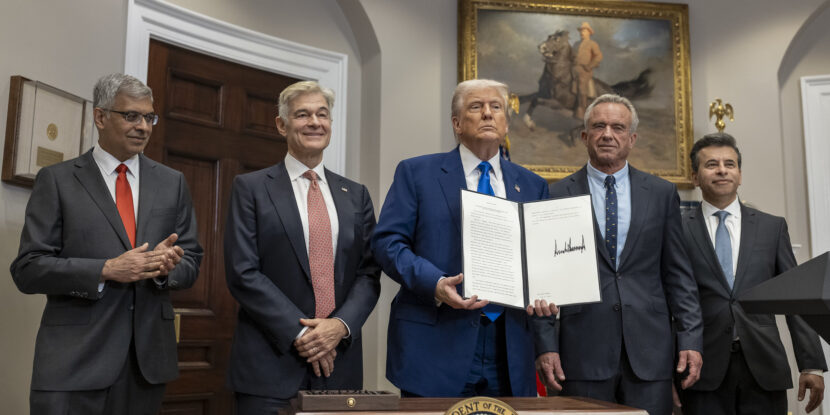
PULSE POINTS:
❓WHAT HAPPENED: The White House’s Make America Healthy Again (MAHA) Commission released a damning new report declaring that American children are in the midst of a chronic disease epidemic—driven by ultra-processed food, toxic environmental exposures, screen addiction, and rampant overmedication.
👤WHO WAS INVOLVED: The Commission is chaired by Secretary of Health and Human Services Robert F. Kennedy Jr. and includes high-level Trump-aligned figures such as Stephen Miller, Russell Vought, Jay Bhattacharya, Brooke Rollins, and Martin Makary.
Your free, daily feed from The National Pulse.
🧾KEY QUOTES: “Today’s children are the sickest generation in American history.” / “Nearly 70% of children’s calories now come from ultra-processed foods.” / “Federal policy has often been guided more by corporate profit than the public interest.”
⚠️FALLOUT: The report explicitly targets Big Pharma, Big Food, and the federal medical bureaucracy for colluding in a system that drugged, poisoned, and stressed children into chronic illness. It calls for sweeping reform, including food system overhaul, chemical exposure limits, and a rollback of overprescription and vaccine excess.
📌SIGNIFICANCE: For the first time, the federal government is acknowledging its own role in the childhood health crisis. The MAHA Commission calls for an America First health strategy—one that puts children’s well-being over pharmaceutical profits, processed food conglomerates, and failed “sick care” systems.
IN FULL:
The White House’s Make America Healthy Again Commission, chaired by Secretary of Health and Human Services Robert F. Kennedy Jr., has released a 68-page report warning that the health of America’s children is collapsing under the weight of toxic systems and captured institutions. The report lays out a case for sweeping federal intervention against what it calls a manufactured crisis of chronic disease in children.
The Commission states that American children are now the sickest generation in modern history. Conditions like obesity, diabetes, asthma, autoimmune disorders, and behavioral syndromes have exploded over the last three decades. The government’s data shows that nearly 70 percent of children’s calories now come from ultra-processed foods. The report connects these products not only to metabolic disorders but also to neurodevelopmental and mental health problems, citing additives and synthetic ingredients that bypass adequate testing and are pushed onto children through school lunch programs and federal nutrition guidelines.
Chemical exposure is also at the heart of the Commission’s findings. The report paints a picture of relentless toxic accumulation, from PFAS in drinking water to pesticides in food, flame retardants in furniture, and microplastics in the bloodstream. It blames regulatory agencies like the EPA and FDA for failing to act, accusing them of prioritizing corporate interests over child safety. One passage highlights that nearly a quarter of American children live near Superfund sites, defined as “areas contaminated with industrial toxic waste.” Others ingest industrial chemical residue daily through eating, drinking, breathing, and touching.
On the behavioral front, the report argues that digital devices and passive screen culture are neurologically rewiring children. Citing record-high levels of screen time, sleep deprivation, and social disconnection, the Commission directly links the modern lifestyle to rising rates of depression, anxiety, ADHD, and even suicide. It warns that the full impact of digital overstimulation on brain development is not yet understood, but early evidence is already damning.
Perhaps the most contentious section deals with the overmedicalization of children. The report slams what it calls “institutionalized polypharmacy,” describing an industry pipeline that puts kids on medications with little pediatric safety data and no long-term oversight. Antibiotics, psychiatric drugs, hormonal interventions, and vaccines are listed among the treatments requiring serious review, not rejection, but honest, rigorous reappraisal. The authors call out the pharmaceutical industry’s influence on medical journals, regulatory guidelines, and pediatric policy. They argue that this dynamic has produced a sick-care system driven by profit, not healing.
The MAHA Commission demands a radical policy shift. Instead of tweaking existing programs, the report calls for a realignment of national priorities: food must be nourishing, not addictive; healthcare must prevent disease, not mask symptoms; regulators must protect children, not corporations. Its top recommendations are ending federal subsidies for ultra-processed foods, conducting comprehensive chemical audits, launching large-scale nutrition and lifestyle trials, and restoring open scientific inquiry, particularly around vaccines, pharmaceutical safety, and the vaccine injury compensation system.
Based on these findings, an entire White House strategy is due in August 2025. For the first time, the federal government is publicly acknowledging its role in making children sick — and signaling that, under Trump’s America First vision, the era of institutional denial may be ending.
show less

 1 month ago
2
1 month ago
2
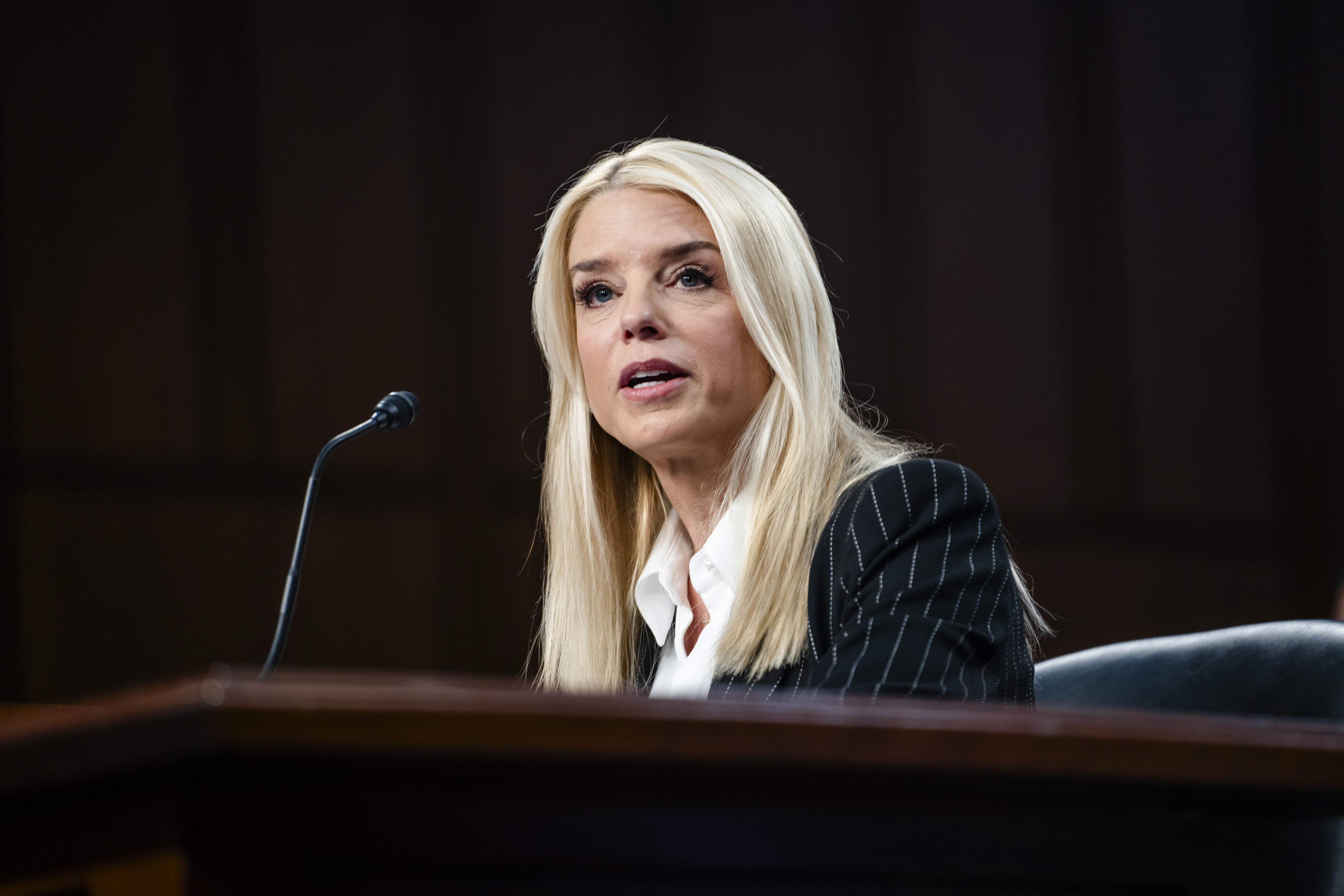
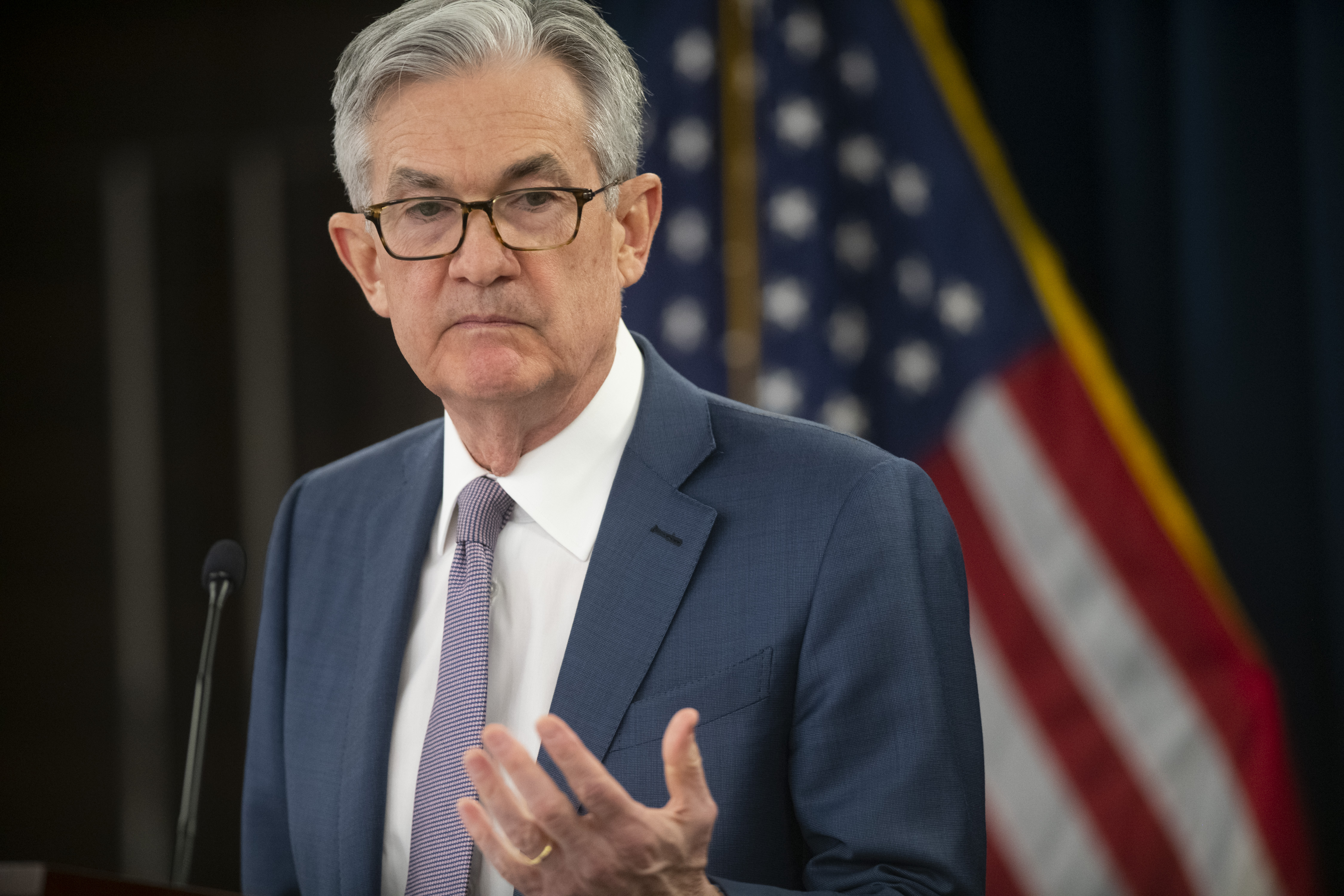
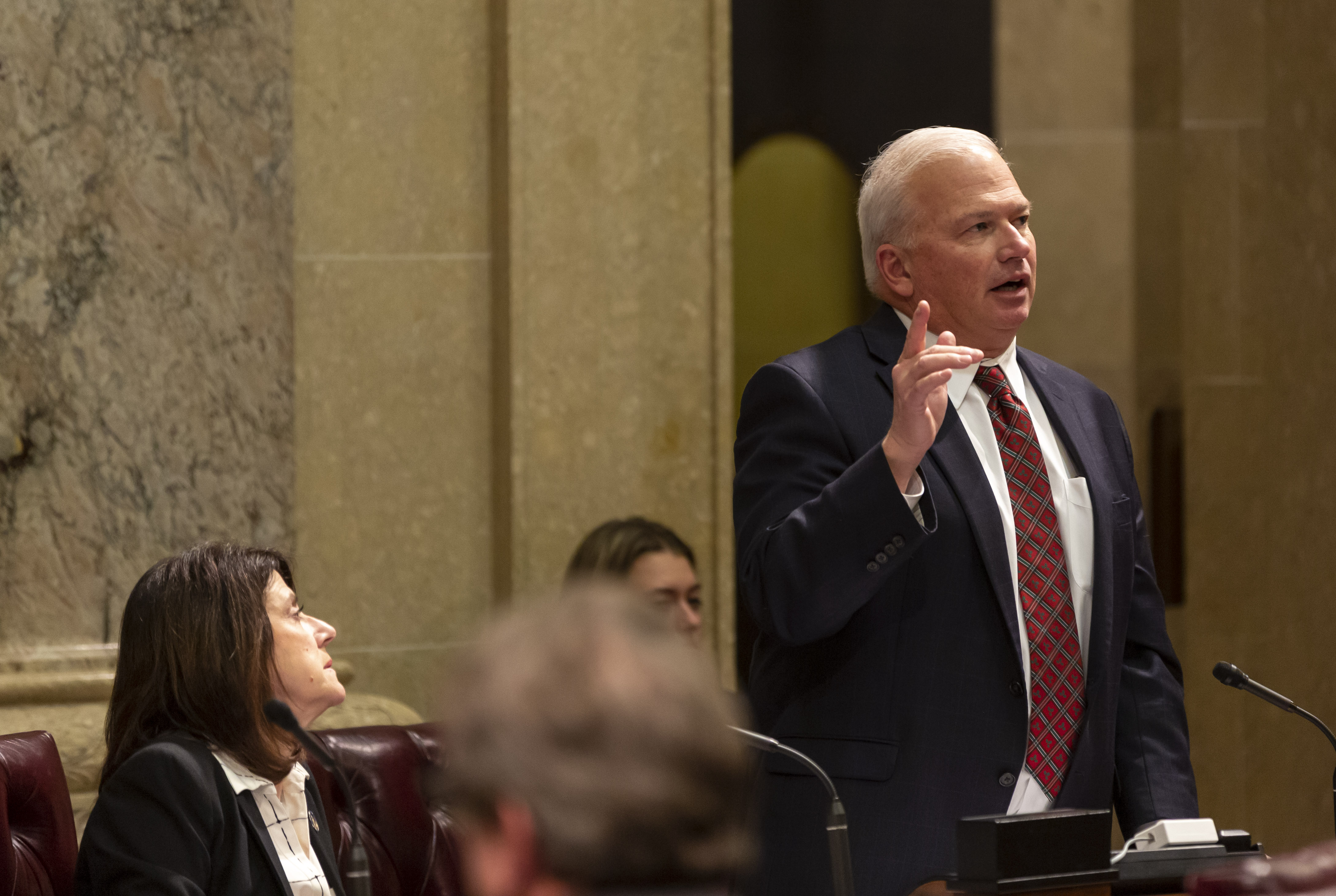





 English (US) ·
English (US) ·